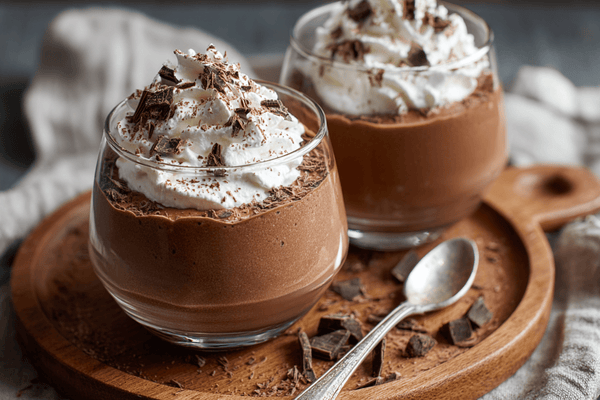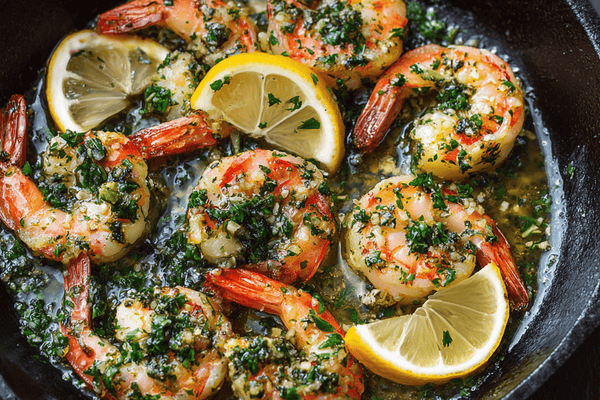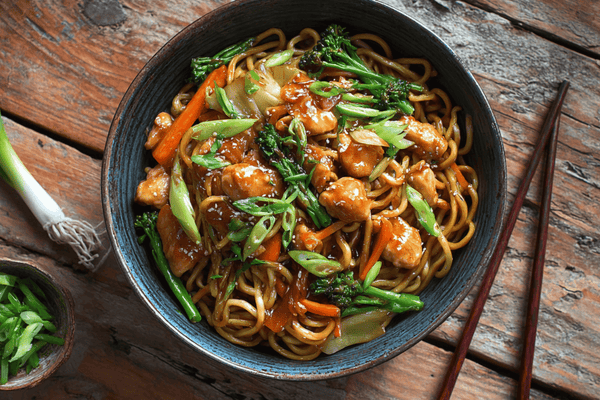
Sushi is perhaps one of the most famous dishes to ever come out of Japan. It’s a dish consisting of rice, seafood (often raw) and vegetables, all rolled up into the perfect bite-sized package. But in Japan, sushi isn’t just another type of food, for many chefs, it’s a way of life.
Preparing sushi is a great honour and Japanese chefs spend years learning their craft and honing their skills. In order to become the best of the best, these chefs must be armed with the right equipment; and that means getting a good sushi knife.
So, if you’re keen to buy a sushi knife that’ll allow you to prepare this traditional dish the right way, or maybe if you’re just interested in learning more about Japanese cuisine, this is the guide for you...
Table of content
What Is a Sushi Knife Called?
The Japanese name for the sushi knife is the yanagiba. This is translated into English to mean willow leaf blade and when you look at the long, narrow length of the blade, it’s not hard to see how this chef knife earned its name. However, if you’re in the Kansai region of Japan, then chefs here may call it a Shobu knife but they’re all the same thing.

What Are the Characteristics of a Sushi Knife?
One thing we’ve learned over the years is that Japanese kitchen knives are individually designed for different tasks. There’s a great deal of diversity between the blades you’ll see in a Japanese kitchen and the yanagiba, or sushi knife, is no exception.
This chef's knife is perfectly designed to make thin, uniform slices of fish and since the fish used in sushi is typically uncooked, the sharpness of the blade makes it much easier to cut.
Yanagiba knives can range in length but they are typically anywhere between 21 cm and 36 cm. That said, professional chefs would tell you that the best knives are anywhere between 27 cm and 33 cm as this gives you performance as well as control.
The blade of the yanagiba is incredibly long and narrow which makes it much easier for the chef to cut through the fish in one motion as opposed to having to saw or lift the knife. What’s more, these knives have extremely thin blades and this means that there is very little resistance when cutting so you really don’t have to exert a lot of force.
Other Knives Used to Make Sushi
The yanagiba is the main knife used for making sushi but that doesn’t mean it’s the only one you’ll find in a chef’s everyday use when preparing this dish. Since sushi isn’t only made with fish, it’s important to have other knives on hand. Moreover, if the chef is cutting up larger pieces of, or even whole fish, the yanagiba just won’t be suitable.With that in mind, if you talk to most sushi chefs, they will confirm that they will also require a good usuba knife for cutting vegetables, as well as a deba knife which is used for bigger pieces of fish. Whilst we’d like this post to concentrate on the yanagiba or sushi knife, we’d like to take a brief look at these two important utensils.
● The usuba knife is one of two main vegetable knives used in Japanese cuisine, the other is the nakiri. Usuba knives are amazing and preferred by Japanese chefs as they are much thinner and typically single bevel whereas a nakiri can be double bevel. They’re ideal for creating thin and even slices of vegetables which is an integral part of sushi making.
● Deba knives are designed for cutting fish but they are far more heavy-duty than yanagiba knives so are ideal for cutting chunks of fish into smaller pieces as well as filleting and cutting through bones or cartilage.
Is a Sushi Knife the Same as a Sashimi Knife?
You may sometimes hear people talking about a sushi knife and others might refer to a sashimi knife. In truth, both of these terms refer to the yanagiba so there’s really only one need to buy one type of knife for making both sushi and sashimi.That said, there are other types of knives that are sometimes used when making sushi and sashimi. While the knives we discussed in the previous section are used for things other than making thin slices, the following sushi knives can be used in a very similar manner to the yanagiba.
● Takobiki knives have a long thin blade that’s squared at the tip. They’re most commonly used when making straight-cut sashimi as well as for cutting trickier ingredients like octopus since they’re more well-balanced for this than a yanagiba.
● Fugubiki knives are often used when cooking for preparing blowfish as they are able to make much thinner slices than the yanagiba. This is important when preparing this type of sushi since traditionally, the blowfish would be so thinly sliced that one would be able to see the design of the plate through the meat.

How to Choose a Good Sushi Knife
If you’re going to start making sushi at home then you’ll need to make sure that you buy a good quality knife. Japanese chefs spend long hours when they shop for the perfect blade for their knife set because it’s something that they won't replace every few months - they’ll stick with for many years. In fact, chefs in Japan become so bonded with their knives that they believe they become inhabited by a spirit and will hold a special ceremony when it’s time to discard the blade.
With that in mind, even western chefs would do well to spend some time researching the best sushi knives and what to look for. So, here are my top tips for buying a sushi or sashimi knife.
The Right Size
We’ve heard a lot of people getting over-excited about Japanese knives that have very long blades. There seems to be a lot of hype around the bigger the better but that isn’t always the case. When choosing a sushi knife (or any other knife, for that matter), don’t be drawn in by a super long blade.
Yanagiba knives usually have blades between 21 cm and 36 cm. It’s important not to choose something too small as this won’t allow you to make a single, smooth cut. On the other hand, you don’t want something so long that you don’t have good control over it.
Generally speaking, the best sushi knives have blades between 27 cm and 33 cm. If you’re in any doubt, try out the knife in the store and see how it feels in your hand.
Steel Type

One of the biggest considerations when buying knives is the type of steel you would like. In knife making, there are generally two types of steel: stainless and carbon.
A lot of traditional Japanese knives are made from high-carbon steel and the reason for this is that it’s possible to get a much sharper edge. Additionally, once the edge is sharpened, it will retain this for much longer and they’re surprisingly easy to sharpen when compared to stainless steel.
The downside is that carbon steel is very hard and this makes it much more brittle. Plus, it requires a lot of TLC and if it isn’t properly cared for, it’ll quickly rust. On the other hand, stainless steel is as good as 100% resistant to rust and being a softer metal, there’s no risk of it shattering, cracking or chipping like carbon steel.
However, you have to consider that stainless steel knives are much more difficult to sharpen and don’t retain their edge as well. Plus, you cannot get stainless steel blades as sharp as carbon steel so if you’re choosing a sushi knife this could be a deciding factor. In order to get those super thin and even slices, you need the sharpest knife possible so carbon steel is usually the better choice.
Plus, since you’ll only be cutting the flesh and no bones or hard parts, there shouldn’t be too much risk of chipping or damaging this delicate material.
Final Thoughts

If you love going out to Japanese restaurants to indulge in some delicious sushi, you may have wanted to try your hand at making this dish at home. But if you want to get it spot on, you’ll need the right equipment and that means investing in a sushi knife.
These knives, known as yanagiba knives, are used by chefs all over Japan. While there are other blades involved in the making of sushi and sashimi, these are considered to be the ultimate sushi knives. Any chef worth their salt will get their hands on a decent one!


